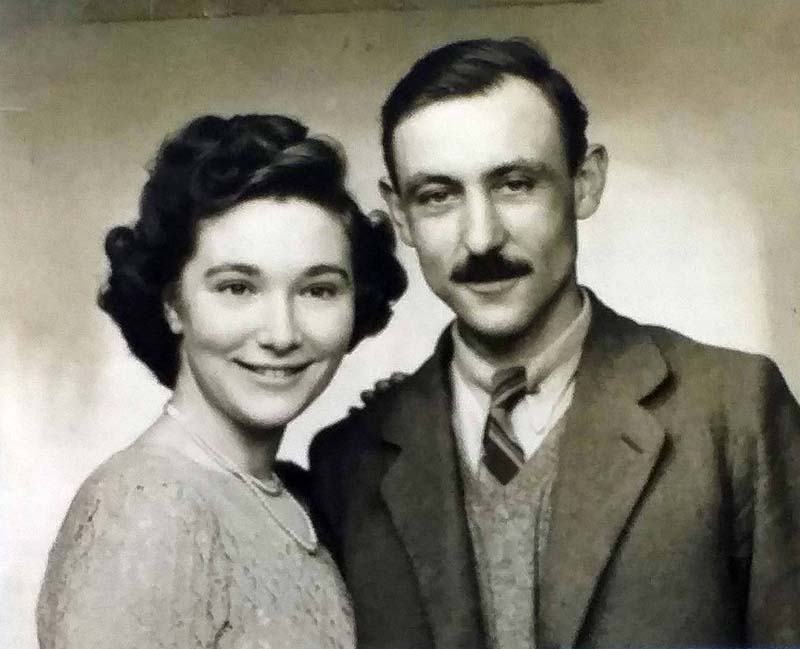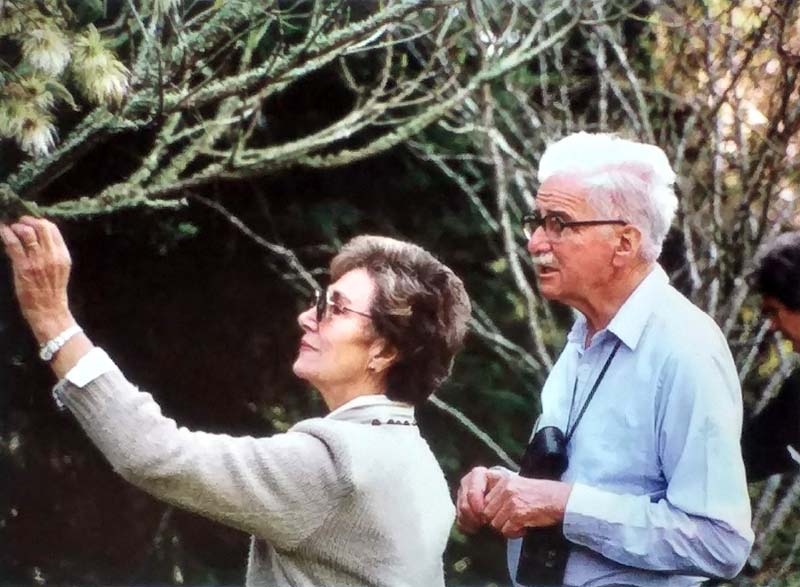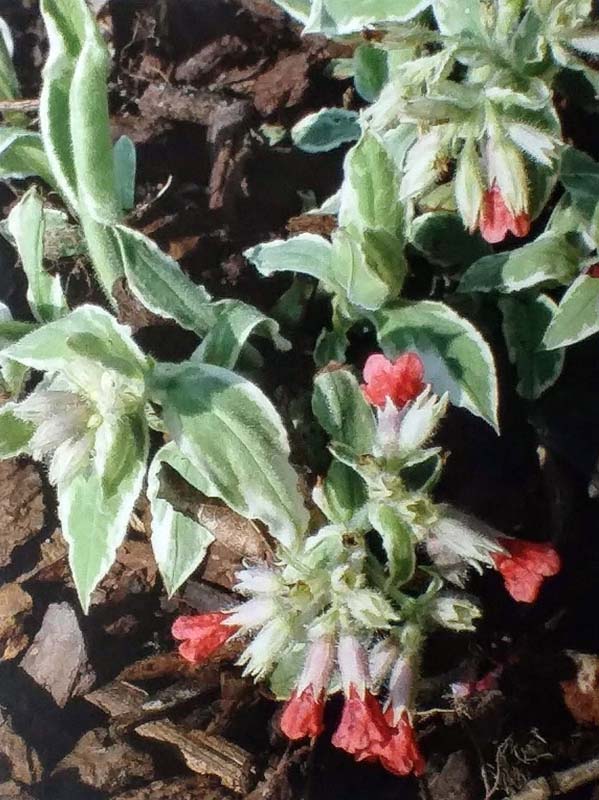Beth Chatto: A Life with Plants – A Review
There is a photograph of Beth Chatto on page 8 of this book, a black and white photograph, which I imagine is of her in her forties. She has that lean-towards-the-camera pose which was so typical of her. Her bright smile and enthusiastic face light the shot; her hair is in a short, neat perm and she is wearing a neat, elegant yet practical blouse and knee-length skirt. There is a gold watch on her left wrist; she is holding what might be a key fob while sitting on a garden bench and showing, not quite cut off by the framing of the photograph, are the tops of her wellington boots. It is the image of the public figure yet reveals the dogged hard work and determination which brought her success. It is a revealing photograph and this biography is equally revealing.


Beth Chatto has been one of the most influential British gardeners and plants women of the past hundred years. Her garden has charmed us and her books have informed us – The Dry Garden, The Damp Garden, Beth Chatto’s Shade Garden – there were eight in total. She went to the Chelsea Flower Show, winning ten Gold Medals and later pioneered the development of dry gardens, those which did not require any irrigation, and her planting philosophy “Right plant – right place” is both simple and profound and will continue to influence how we garden for some considerable time.


Behind the public persona, as might be expected, there are other facets of her life and character never previously shown to the public and these are revealed in this book. Indeed, this is a book more about the private person than the public personality though both are intrinsically intertwined. Throughout her life, Beth Chatto, kept a daily journal as well as individual notebooks for special occasions, talking travels abroad, holidays etc.


The Garden Museum hosted a Beth Chatto exhibition in 2008 which was “such a success that it persuaded Christopher Woodward that the museum ought to be collecting archives of great horticultural figures such as Beth.” When he approached Beth Chatto with this project she helped generously with fund-raising and was one of the first, along with John Brookes and Penelope Hobhouse, to donate her archive. Catherine Horwood had full access to this archive; was authorised by Beth Chatto to write to write her biography and had many interviews with her – all the ingredients to give an excellent insight into her subject and she does this with sympathy yet without brushing what might be considered the less than pleasant aspects under the carpet. It is an informative, interesting and eye-opening biography and a very enjoyable read.
[Beth Chatto: A Life with Plants, Catherine Horwood, Pimpernel Press, 2019, Hardback, 288 pages, £30, ISBN: 978-1-910258-82-8]



